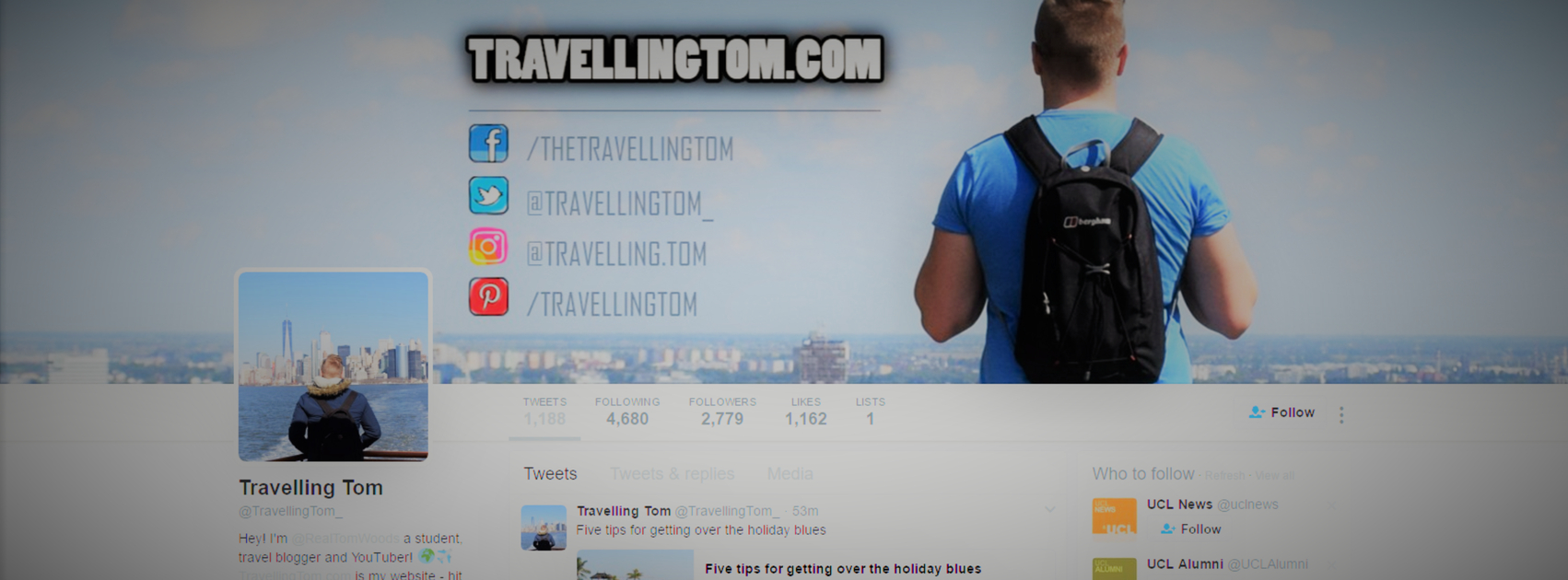Influencer & micro influencer marketing
What is it and who are influencers?
 Influencer marketing is a way of targeting a specific audience by working with the people that they love and admire. It’s much like having a celebrity spokesperson but on a smaller and more targeted scale that helps brands to reach and engage niche audiences. The rise (and rise) of the Internet and Social Media has created this ‘online celebrity’. These Internet celebrities are known in modern marketing as influencers and they usually fall under the term blogger, vlogger or social media star. Many of these influencers started up their blogs or channels with the aim of giving honest advice or diarising their lives, but quickly brands picked up on how engaged their audiences were and soon got involved, offering sponsorship and free products in return for promotion to their audiences. And that is how we’ve got to where we are today, with influencers creating partnerships with brands, releasing their own product lines and slowly becoming mainstream celebrities.
Influencer marketing is a way of targeting a specific audience by working with the people that they love and admire. It’s much like having a celebrity spokesperson but on a smaller and more targeted scale that helps brands to reach and engage niche audiences. The rise (and rise) of the Internet and Social Media has created this ‘online celebrity’. These Internet celebrities are known in modern marketing as influencers and they usually fall under the term blogger, vlogger or social media star. Many of these influencers started up their blogs or channels with the aim of giving honest advice or diarising their lives, but quickly brands picked up on how engaged their audiences were and soon got involved, offering sponsorship and free products in return for promotion to their audiences. And that is how we’ve got to where we are today, with influencers creating partnerships with brands, releasing their own product lines and slowly becoming mainstream celebrities.
There is a subset of influencers who you may call micro-influencers who have much smaller audience bases but they are highly-engaged. The university and student market is a perfect incubator for these influencers and they can work with brands but on a much smaller scale. Brands are increasingly taking advantage of these small up and coming student influencers, as it helps to increase the brand awareness with the product being promoted across many different bloggers channels. It also helps to create long-term relationships with people who are only going to get more influential over time – so forming partnerships with emerging millennial and generation z influencers can offer a greater return on investment in the long-term.
Why it works
Influencer marketing works because it plays to the human desire to form relationships with others (those they admire, in particular) and it also allows brands to target specific audiences who will be interested in their product and/or service.
You know how much you hate Internet adverts? Well this is the clever way that influencer marketing works; it tricks you into thinking you’re not being sold to, as it makes the advertising part of the content. So rather than a pre-roll advert on YouTube selling you the latest toothbrush with turbo power, you’ll instead find yourself watching an influencer talking about their daily routine, including their turbo powered toothbrush in that routine.
 It’s like getting a recommendation from a friend, and influencers’ followers trust in what they say and promote. It’s similar to word of mouth but a modern, brand-manipulated, online word of mouth. Influencers spread the word on their blogs/vlogs and social media channels which can often mean there is the chance to be seen by thousands or sometimes millions. If you consider the chance of social media likes and shares, the content can go even further, even delivering solid ROI, including boosting sales – ideal if you are an online retailer!
It’s like getting a recommendation from a friend, and influencers’ followers trust in what they say and promote. It’s similar to word of mouth but a modern, brand-manipulated, online word of mouth. Influencers spread the word on their blogs/vlogs and social media channels which can often mean there is the chance to be seen by thousands or sometimes millions. If you consider the chance of social media likes and shares, the content can go even further, even delivering solid ROI, including boosting sales – ideal if you are an online retailer!
How to use it
The most important thing in influencer marketing is the initial research. You need to find influencers who are the right fit for your brand, for example, it doesn’t make sense for a travel blogger to be sharing a post about their favourite tomato ketchup. Gather a list of your top influencers that you want to be involved with your marketing campaign and begin to approach them via email. Now this sounds simple enough, but with us and bespoke influencer marketing agencies out there, it’s clear that this can be very time consuming and tricky. Not just finding the right influencers, but also liaising with them to finalise what they can do for your brand that matches your objectives while keeping in theme with their personal brand and channel approach.
When researching influencers, we take into consideration their presence and whether this is genuine – for example, there are tools out there that will help you identify whether influencers have a large proportion of fake followers. In addition, common sense can go a long way. If an influencer has 20k followers, but only gets 50 likes per image on Instagram, there’s a good chance they have paid for followers, so your content isn’t going to go as far as it would seem.
Another tip when approaching influencers is to offer them the creative choice for the content they make; they know their fans and followers best so it makes sense for them to decide how to present the brand to their audience. You will then need to discuss costs with your chosen influencers and write up a contract to secure the content you will be getting from them. Also if you plan to use any of their content in online advertising or beyond the particular campaign, make sure this is agreed beforehand and is written in the contract as extra costs may be involved.
Then simply sit back and relax as they create and share the content about your brand, don’t forget to share from your brands own channels and if you have permissions, reuse the content on your own channels to support advertising or wider campaigns.


